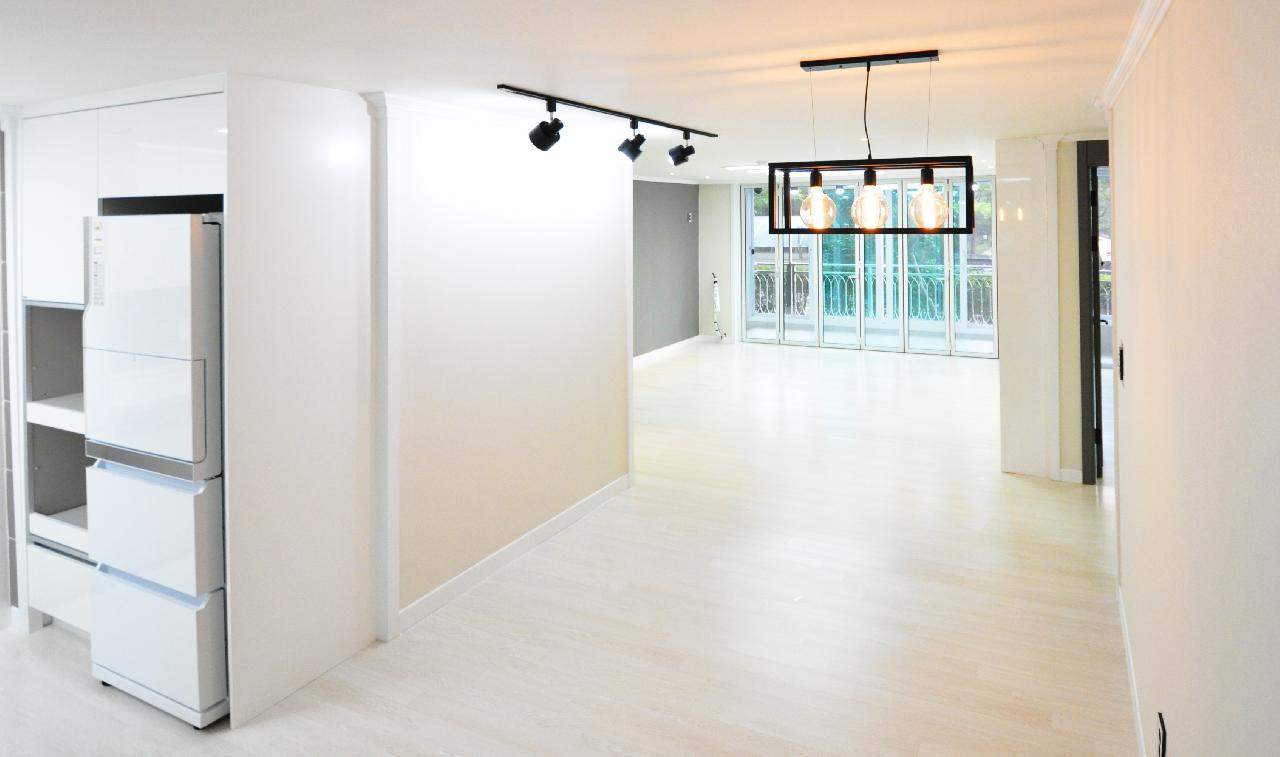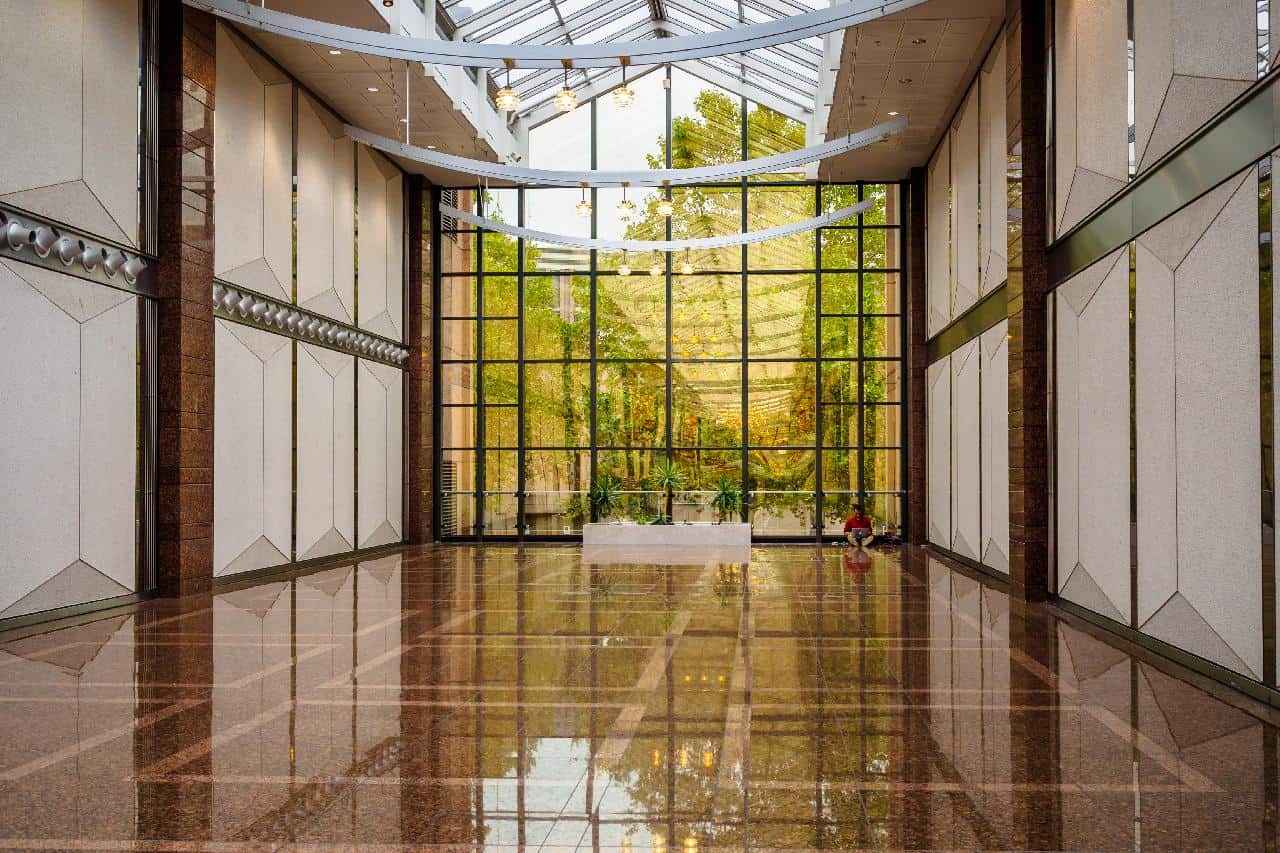Are you installing drywall in your home? Well, stop!
Before you go any further, you need to make sure that you are planning a drywall access panel.
A drywall access panel is not something that home-developers often think of when doing up a room. They are looking to get their nice clean drywall in place and don’t want to make a fuss with anything else.
But a drywall access panel is one alteration that you really want to take the time to make.
A drywall access panel is going to save you a lot of time and effort in the future. Basically, it means that if you need to access the plumbing or electrics behind your drywall, you won’t have to tear the whole thing down.
Sounds useful, right? Well, yes it is. Let’s walk through what a drywall access panel is, why it’s so important, and how you can go about installing one in your drywall.
What Is a Drywall Access Panel?
A drywall access panel is a small panel that is fitted seamlessly into the drywall to allow access to the area behind the drywall. The panel can be used to provide access to a range of important plumbing and electrical components. These may include wires, cables, pipes, valves, and faucets.
A drywall access panel will be made of a different material to the drywall itself. Plastic and metal are the most common materials used in manufacturing panels.
The easiest way to install a drywall access panel is to buy a pre-made panel from a supplier. Then, all you need to do is cut the correct space in the drywall for your panel to fit.
The panel is usually secured by screws. This means that only a screwdriver is necessary to remove the panel and make any changes to the plumbing and electrics behind the wall. Or, your panel may have its own hinges so that you can open the panel like a door.
The most common areas of the home where access panels are used are the kitchen and the bathroom. This is because these rooms are most connected to the home’s plumbing and electrical components. Often, too, drywall access panels are installed in basements.
Drywall access panels are most commonly installed in walls, but they are also often necessary in ceilings.
How to Install a Drywall Access Panel?
It is not actually very difficult to install a drywall access panel on your own. Here is a quick step-by-step guide to help you.
Choose Your Panel
The first thing you want to do is have a search for wall access panels. You can buy these pre-made to save a lot of time and effort.
Make sure you buy an appropriate size for the area you need access to. For a small electrical component, you may only need a panel that is the size of a shoebox. But, if you are doing plumbing installation, you may want a larger panel to access a range of pipes, faucets, and valves.
Cut the Hole
Once you have made a decision on the panel, you will know exactly how big you need to cut the hole in your drywall. Take a pencil and mark out the size of the panel against the wall.
Then, use a keyhole saw to carefully cut the hole. If you are worried about your measurements, first cut a hole that is smaller than necessary. You can always cut more out, but you can’t stick the drywall back together once cut.
Install Panel Housing
Now you are ready to put the housing in place. This is the outer part of your panel that fits into the wall itself. Make sure the panel fits first, and then apply a strong adhesive.
You may find that when you have installed the housing there are cracks between it and the wall. This is not a problem. Take some drywall compound and plaster it into the cracks.
For ceiling access panel installation, make sure you are prepared to hold the housing in place while the adhesive dries. You may wish to tape the panel into place.
Install the Panel
Now you are finally ready to install the panel itself. Different drywall panels will be manufactured differently, so this process may vary.
For some, it will simply mean screwing the panel in with the screws provided.
Others may come with hinges attached to the housing. You can follow the guidance on the panel product you have purchased to install this kind.
Enjoy Easy Access
Now you have your drywall access panel installed and it’s time to treat yourself to a tea or coffee and marvel at your own work. You may find yourself inspecting the plumbing and electrics behind the drywall just to see your handiwork in practice!
Wall Access Panel Ideas
If you are looking for access panel ideas, don’t be afraid to get creative. A drywall access panel can actually be used as one of the highlight features of your home.
For example, you can turn your access panel into a feature color block on a white wall. Or, you could even disguise it by overlaying a picture or a wall-mounted shelf.
For plumbing access panel ideas, think about turning your bathroom into a fun water-themed room with a wave-style panel. Or, go ultra-chic and use a marble-effect exterior that fits seamlessly into the tiling on your wall.
Be Smart and Plan Ahead
You may think that you can install a drywall access panel at any time you like. This is technically true, but there is never an easier time to do it than when you are installing the drywall itself.
This is because, during drywall installation, you will have a good idea of exactly where the plumbing and electrical components are that require access. It may be useful, also, to reconfigure your plumbing and electrics to make the access panel installation easier.
So, don’t go for the lazy option and put off installing your drywall access panel. The time to plan it and put it into action is now!
If you have found these drywall access panel tips useful, why not check out some of our other great articles on home improvement?
Discover more from Futurist Architecture
Subscribe to get the latest posts sent to your email.




